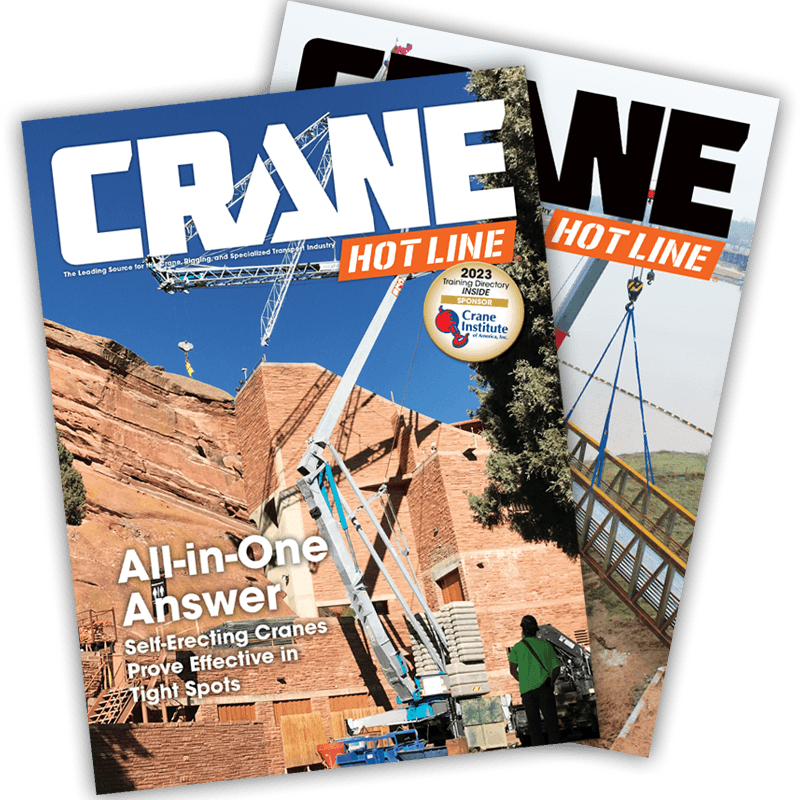New Hampshire Cracks Down on Bridge Weight Limits
August 22, 2007 •
Although the weight limit has been in place for years, those laws weren't always being followed by drivers. It wasn't until Aug. 1 that companies reported being denied permits to cross E-2 bridges. Bridges designated by the DOT as E-2 have limits on the amount of weight it can carry based on its structural capacity. For a four-axle vehicle like a crane, the limit on a non-interstate highway is 60,000 pounds, or up to 73,000 pounds with additional registration.
Kathy Hatfield, vice president of Able Crane Service,
Other companies, such as Miller Construction of Windsor, Vt., have reported difficulties with the new strict enforcement of bridge limits, according to reports on the Concord Monitor website. The construction company was denied a permit to move a modular home because his crane was deemed too heavy for the bridge it had to cross.
While the stricter enforcement of the rules began on Aug. 1, the day of the
Jim Gilbert, permit supervisor at the Department of Transportation, said that while he began looking at the routes drivers were taking—and the bridges that those routes included—before the Minnesota bridge collapse, that disaster has further emphasized the need for enforcing these limits. The DOT works with contractors to suggest alternate routes, and contractors can find other solutions, such as dismantling cranes. The DOT also plans to have additional materials available on its website soon, including maps with labeled bridges. “It's the utmost safety to the public,” Gilbert said. “That's what this whole thing's about.”


